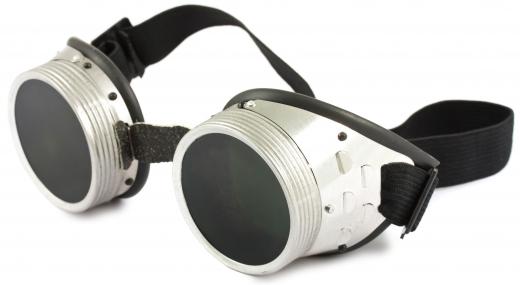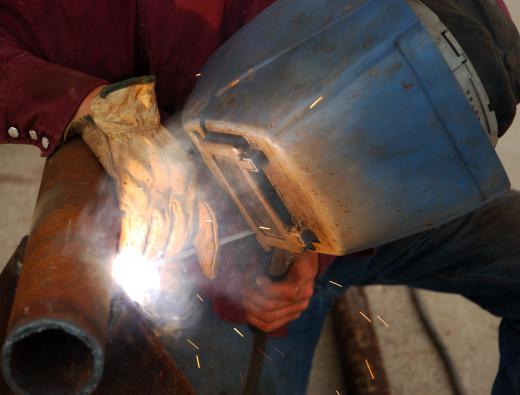A bead weld or weld bead is the result of a welding pass that deposits filler material. Welding is a process that combines multiple pieces of metal by heating and softening them. With bead welding, a filler material is inserted in the space between the two materials. When the metal filler material cools, a strong bond is formed between the two surfaces.
This type of weld is the first form of welding that most people learn. There are different types of bead welds, depending on how much oscillation the welder uses when applying the filler material to the welding surface. When the welder uses more oscillation, the result is a weave bead, which is a wider application of filler metal. When the welder uses less side-to-side oscillation, the result is narrower welding beads, which are known as stringer beads.

The bead welding technique is a basic welding technique involving the drawing of a filler material across the welding surface. As with all welding techniques, bead welding requires exercising proper safety techniques and wearing safety attire. At a bare minimum, welding gloves should always be worn, in addition to proper eye protection.
From a cross section point of view, the bead weld looks like a round deposit. A welder might need to create several welding beads to completely seal the two base materials together. Advanced temper bead welding and bead welding techniques produce a finished product that resembles overlapping coins or disks.

Bead welding is used in all forms of welding, though the technique can differ slightly from one to the next. Welders using the arc welding technique will strike an arc and then lay out an arc welding bead. In arc welding, one strikes the arc much in the same way that one would strike a match. The welder holds the electrode at a 45- or 90-degree angle when laying the welding beads.

When learning the bead welding technique, welders can lay their bead weld in a straight line, more closely resembling a stringer bead. As the welders improve their techniques, they can apply transverse oscillation to create weave beads in various degrees of width. Circular and crescent-shaped motions are common when creating arc or stick welding beads.

Welders can use bead welding techniques to create groove welds, square welds and bevel groove welds. Multiple bead welds can be applied to create a stronger connection between the welding surfaces. A bead weld is adaptable to a variety of different butt joints.
